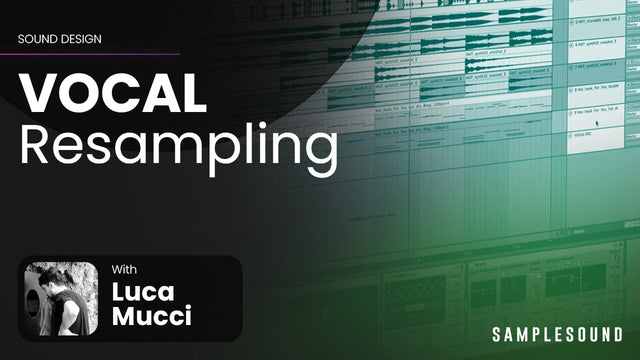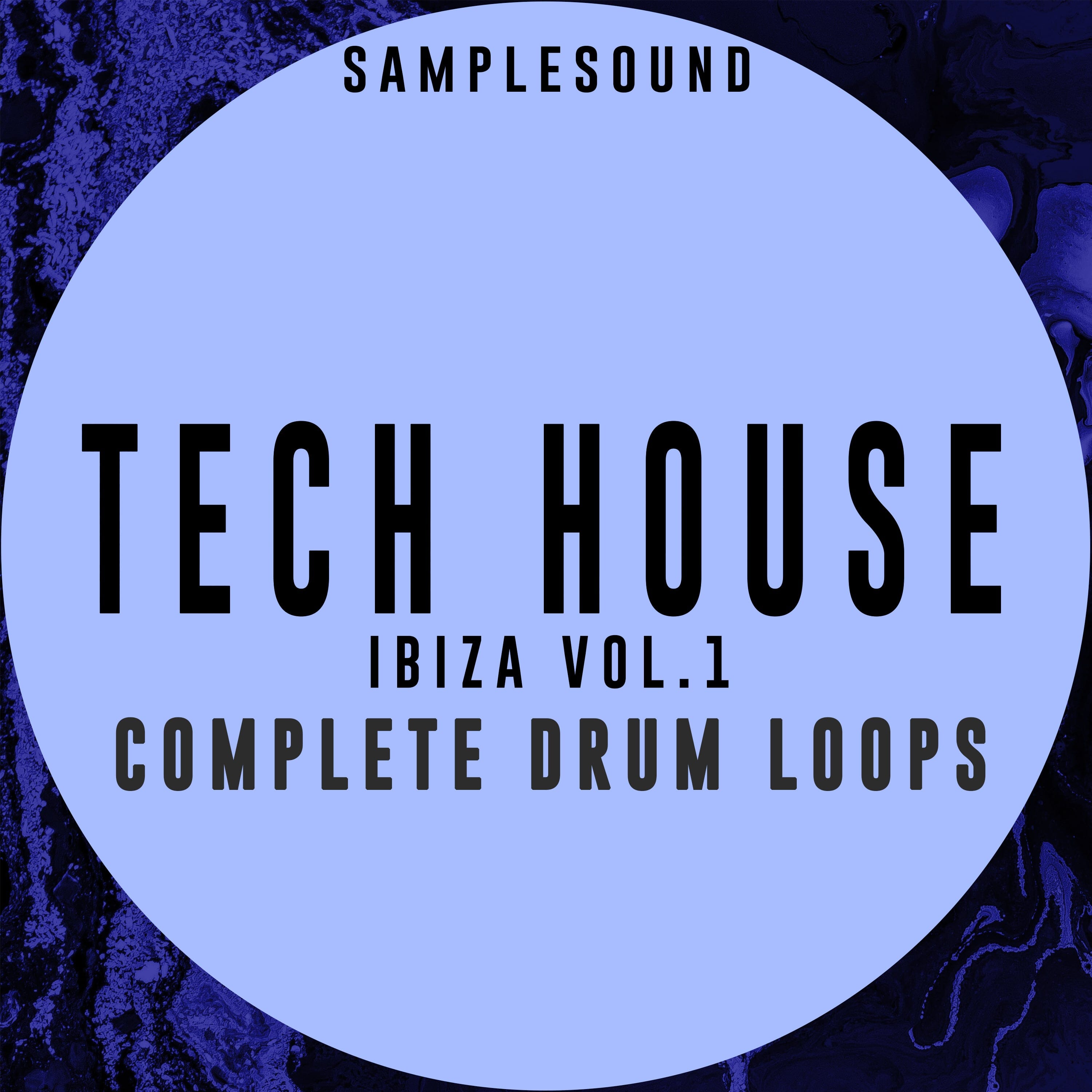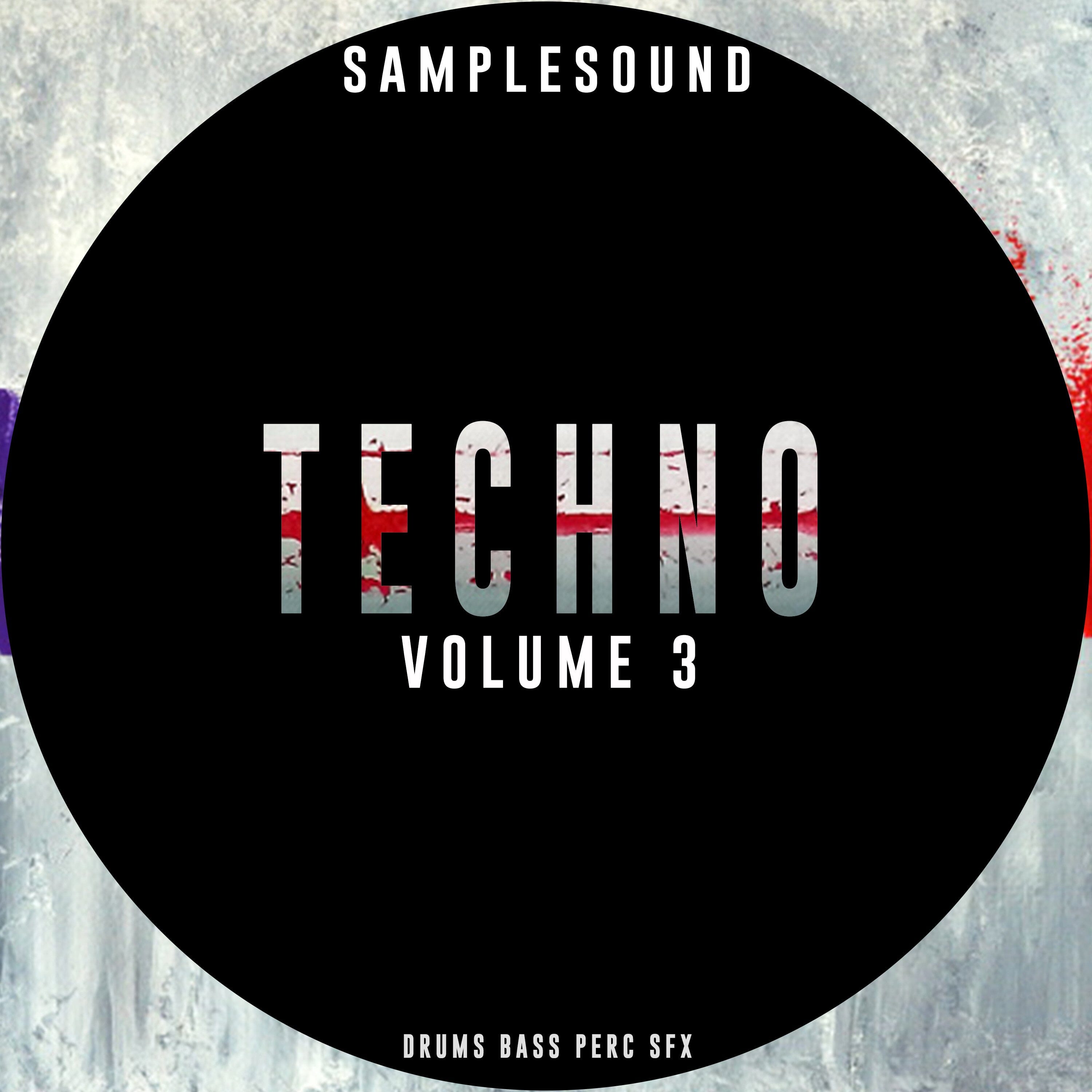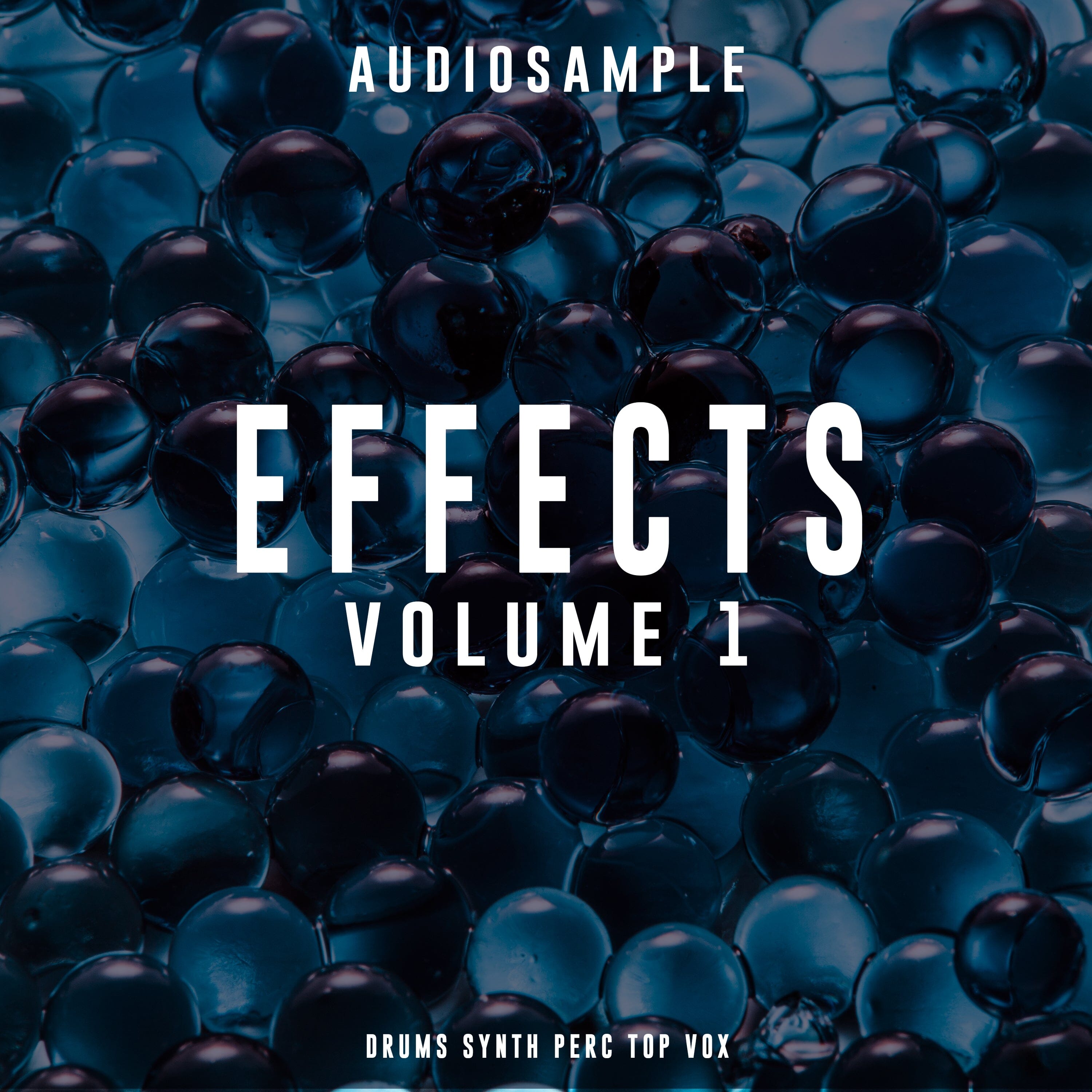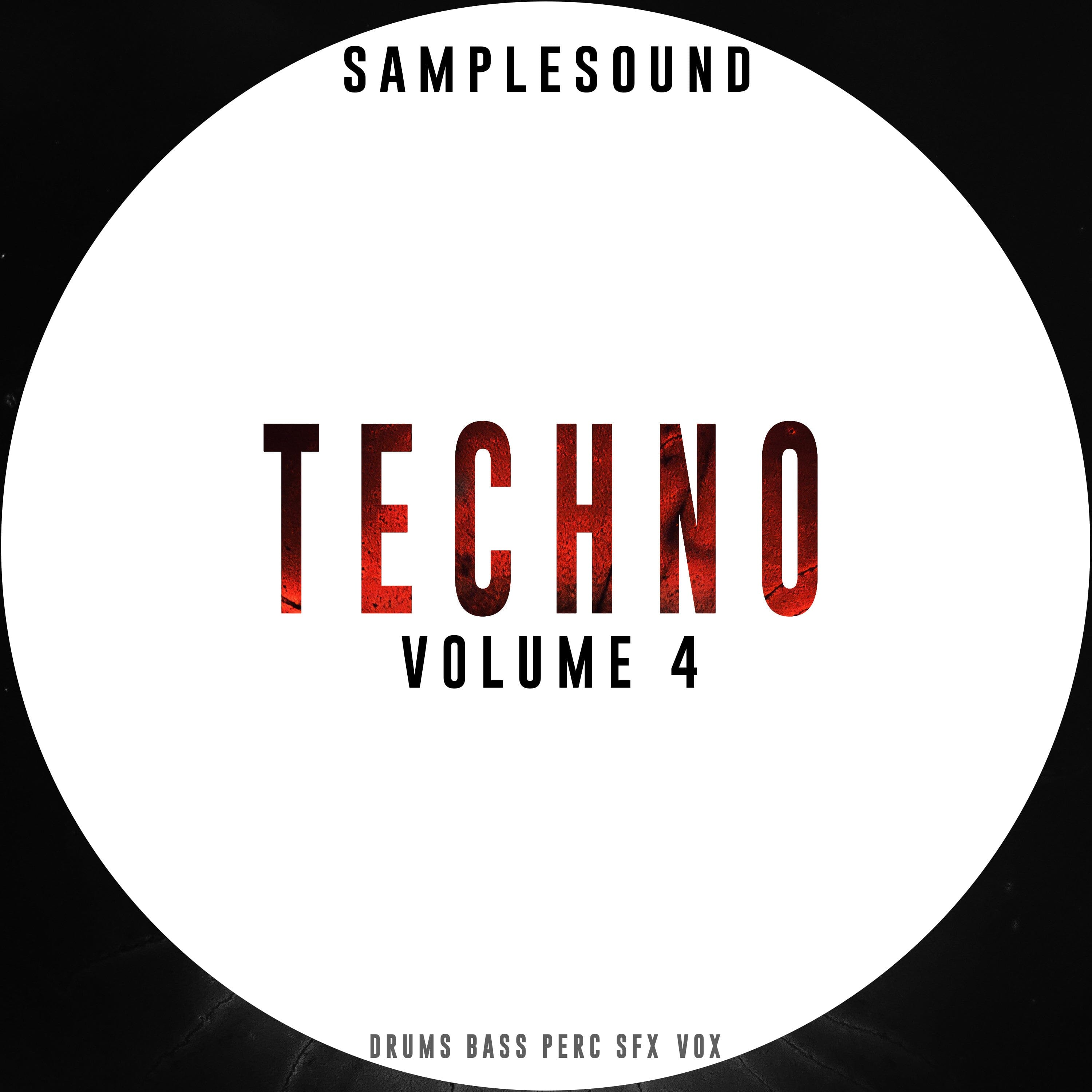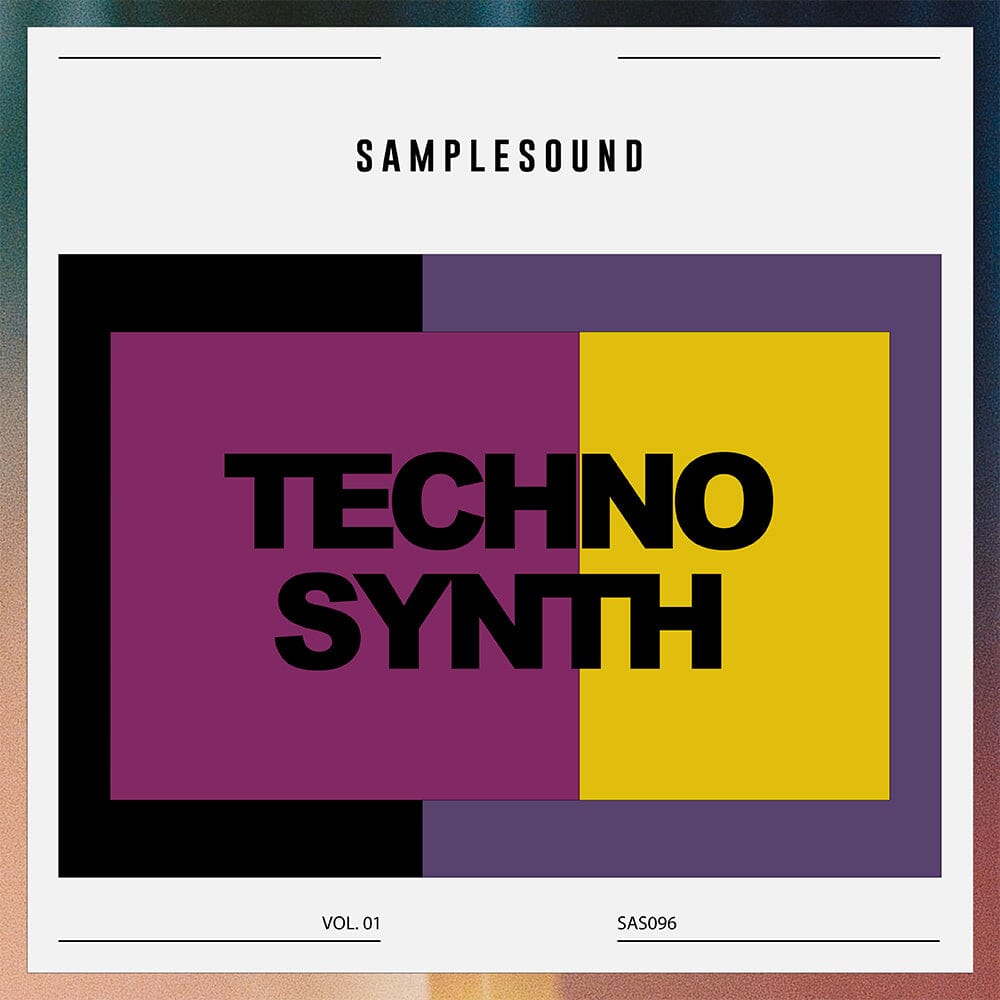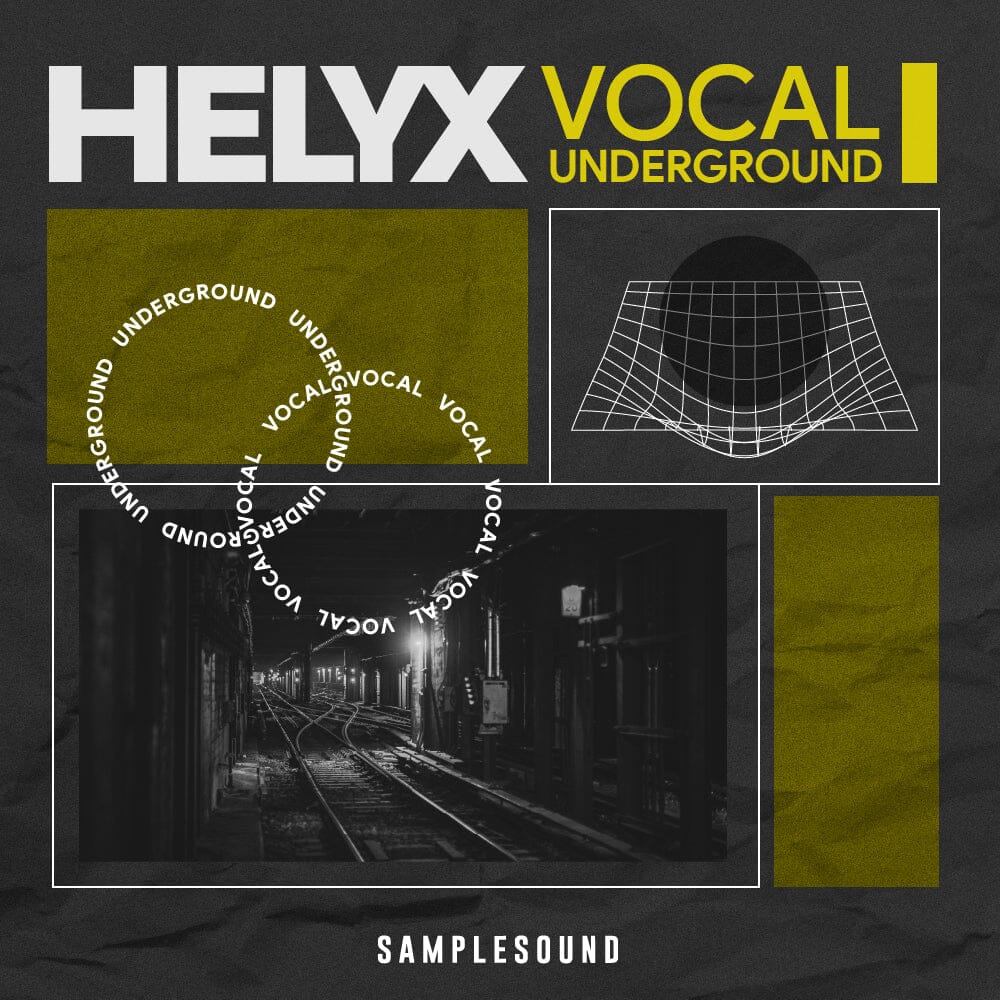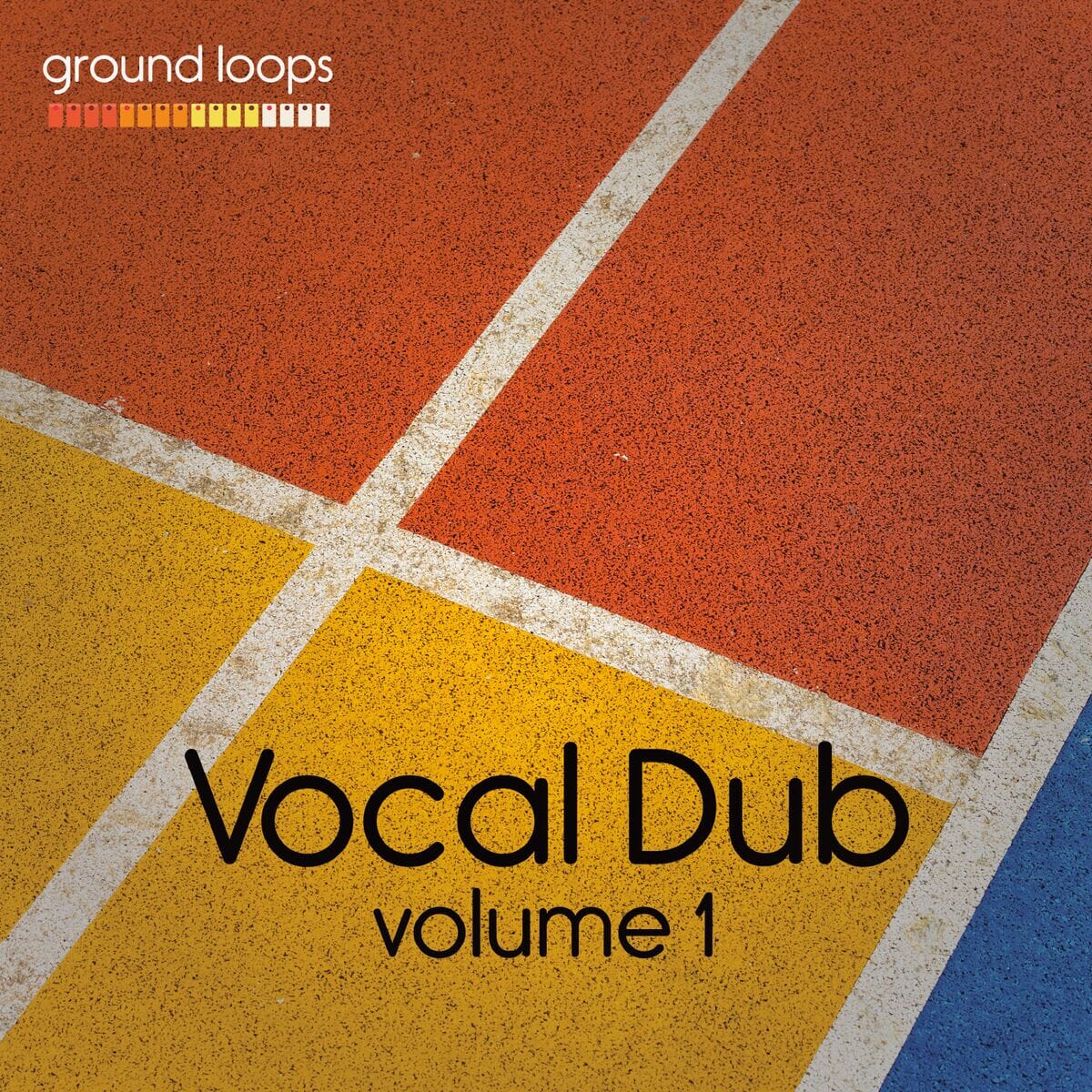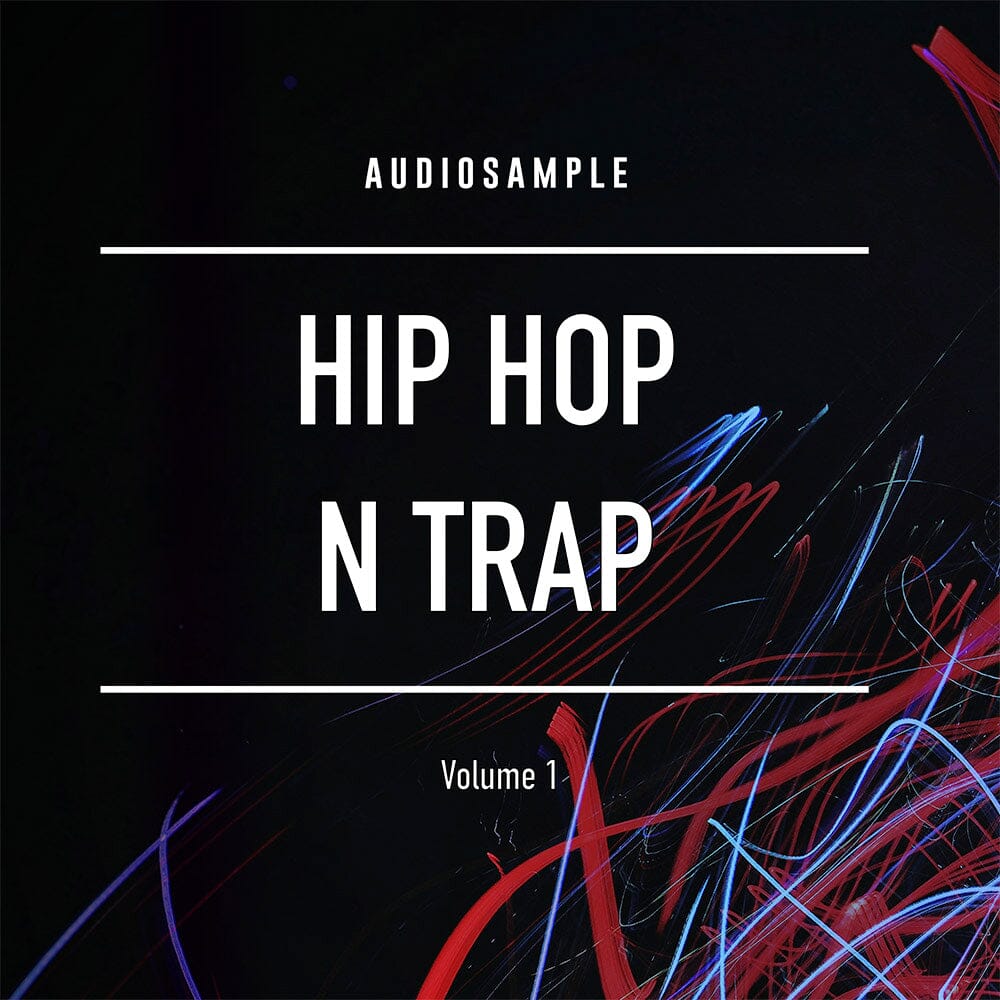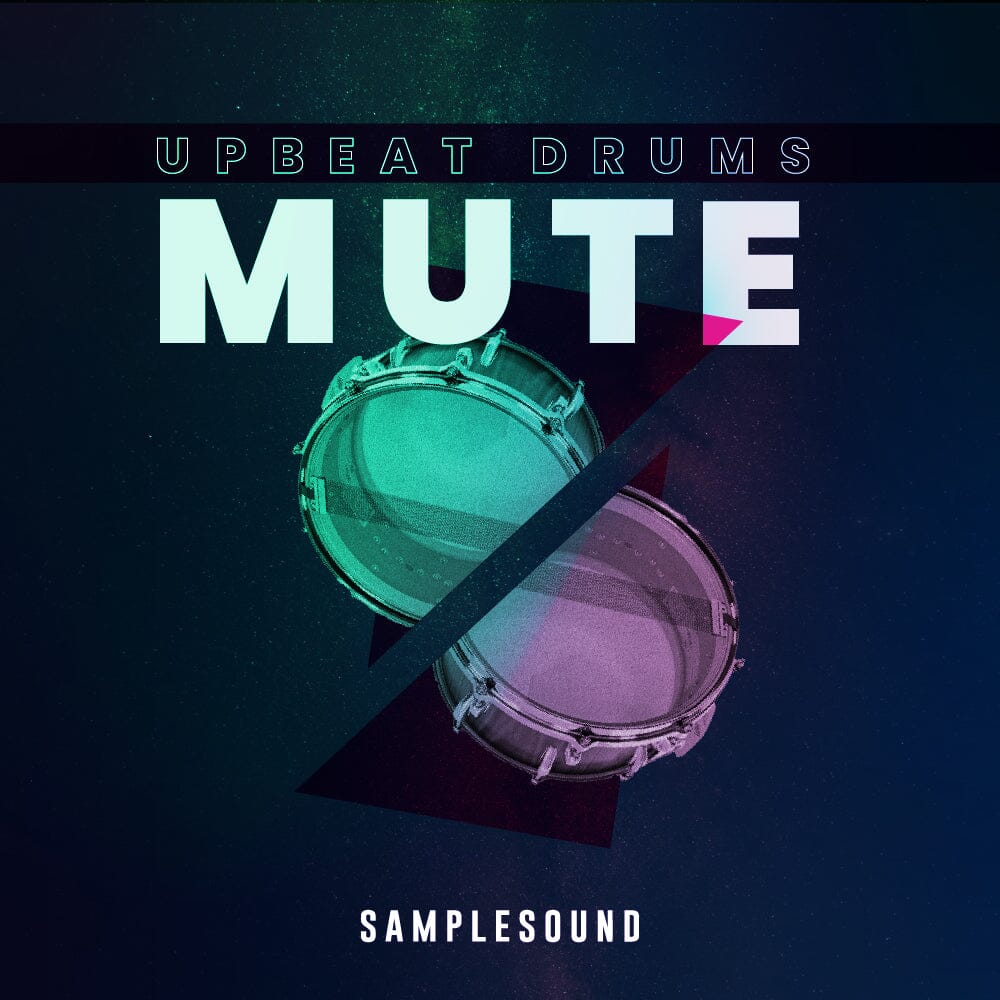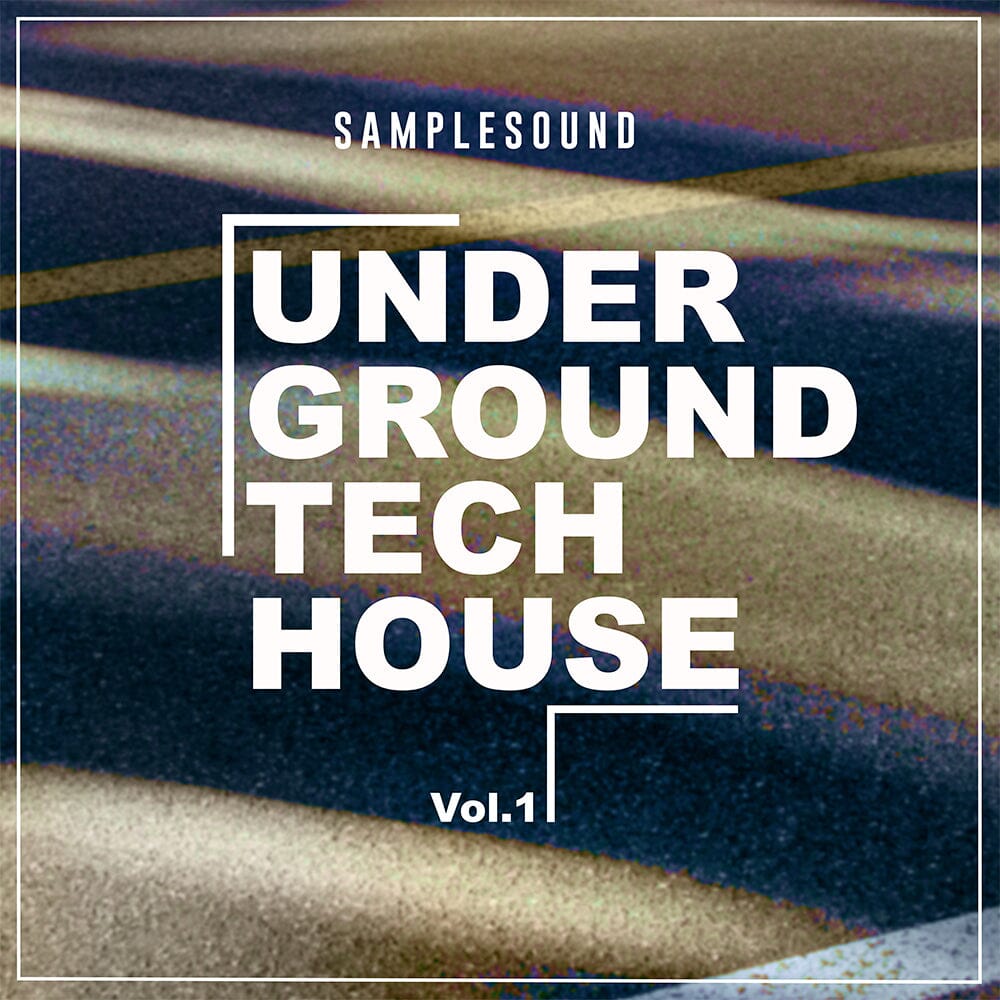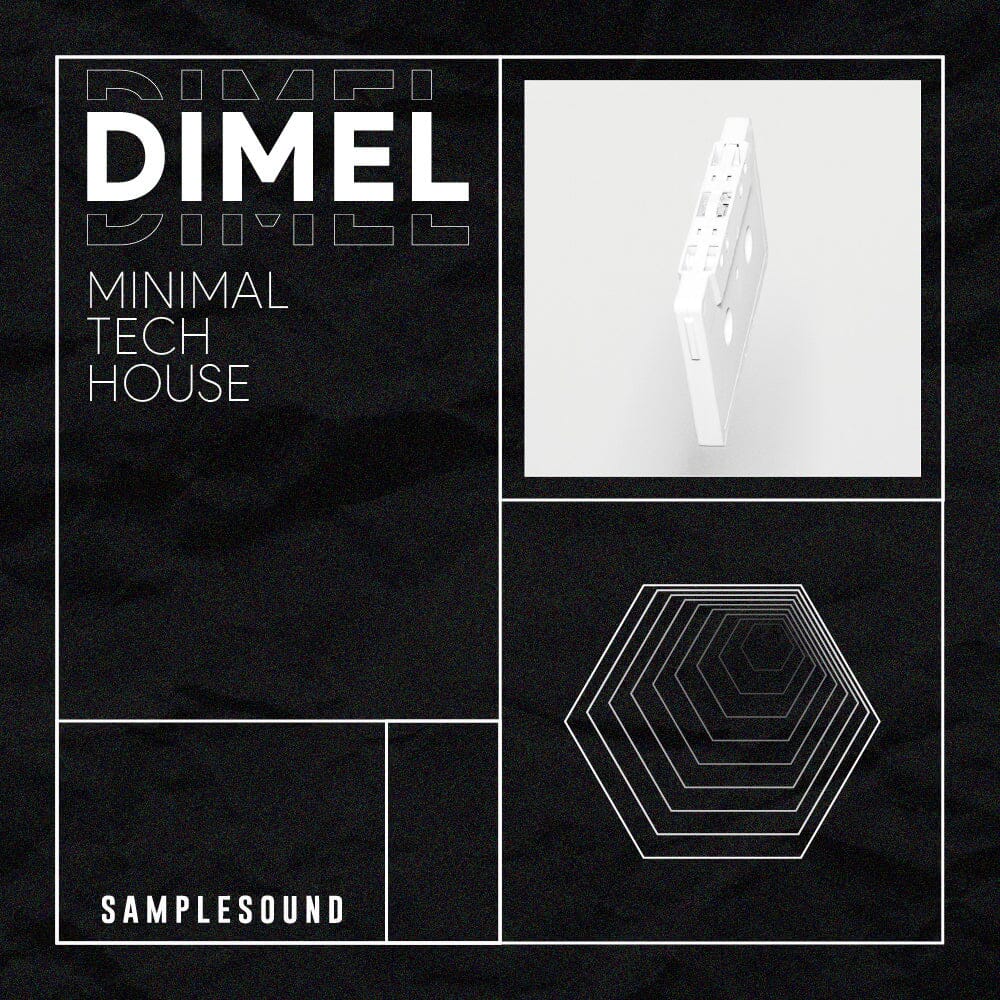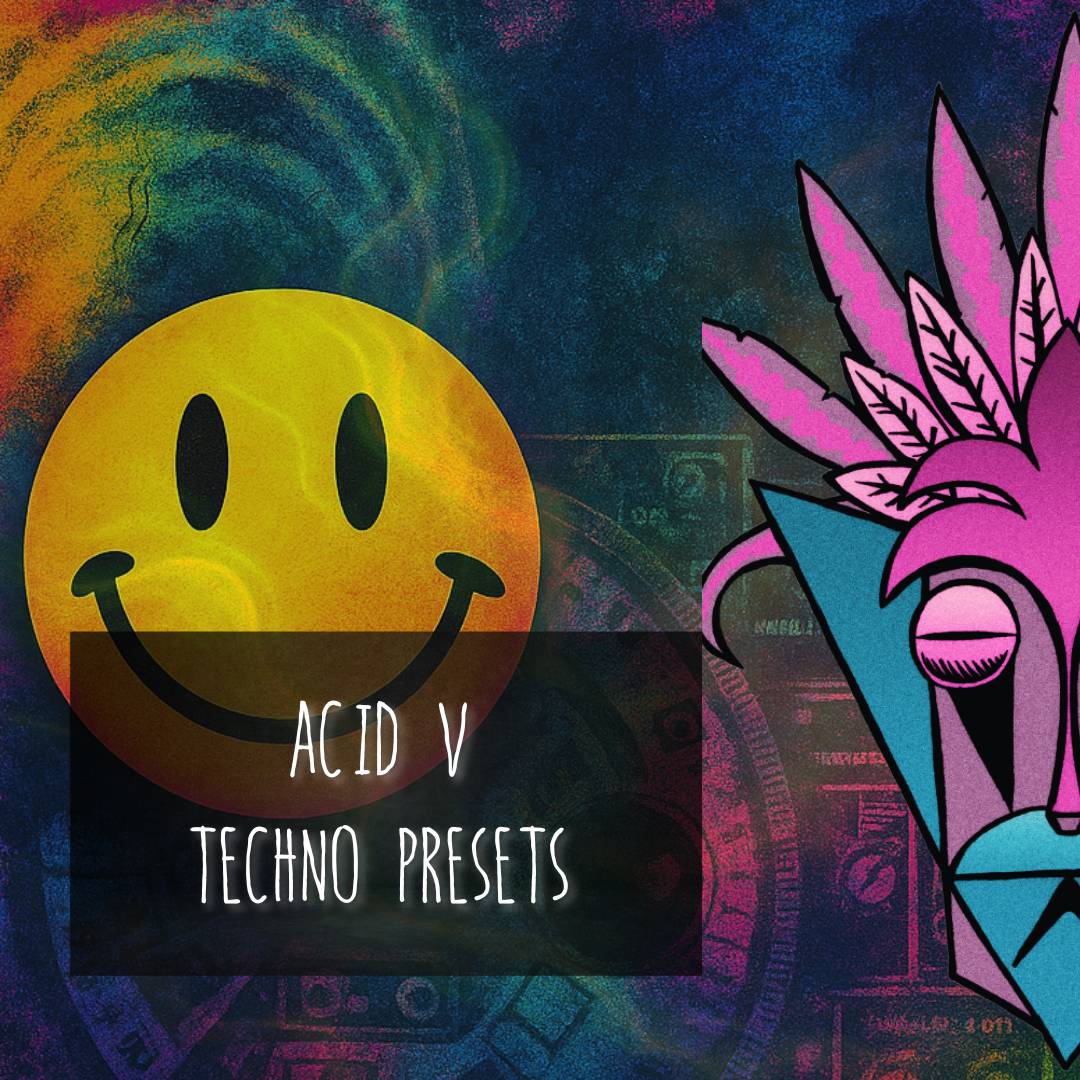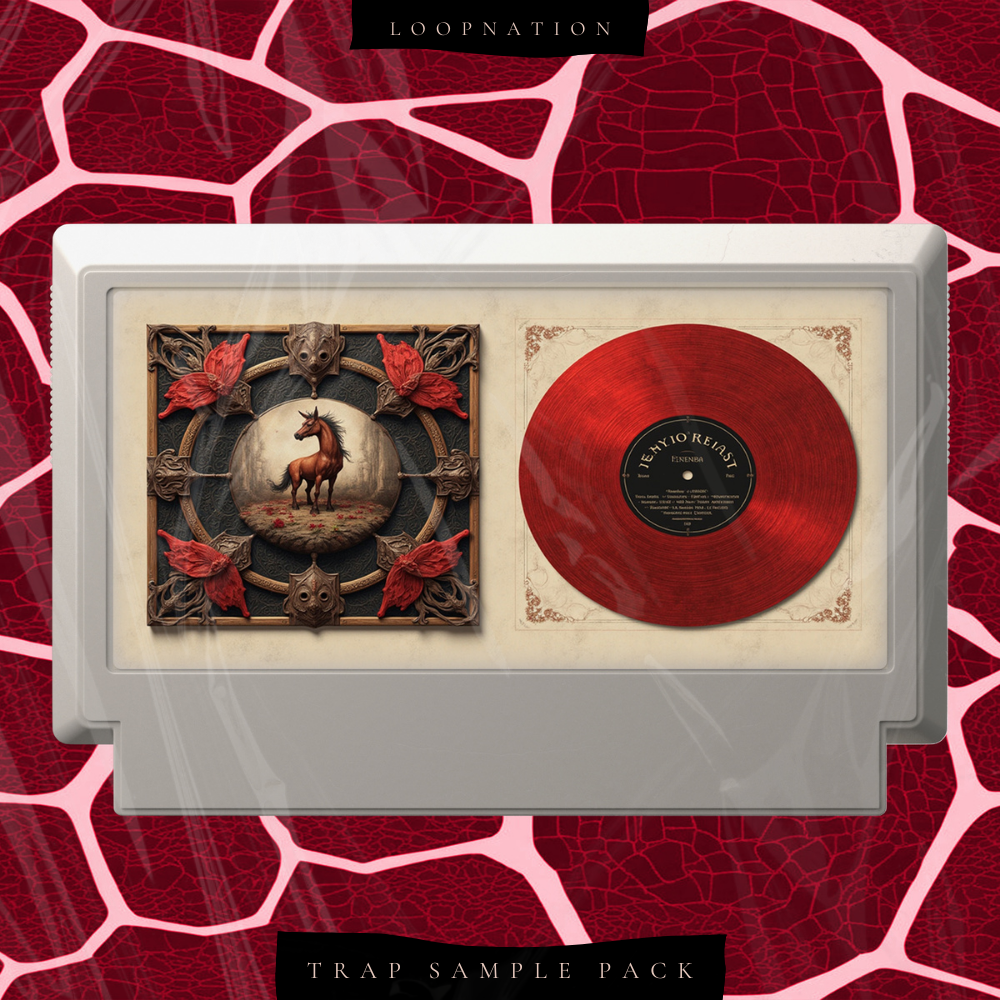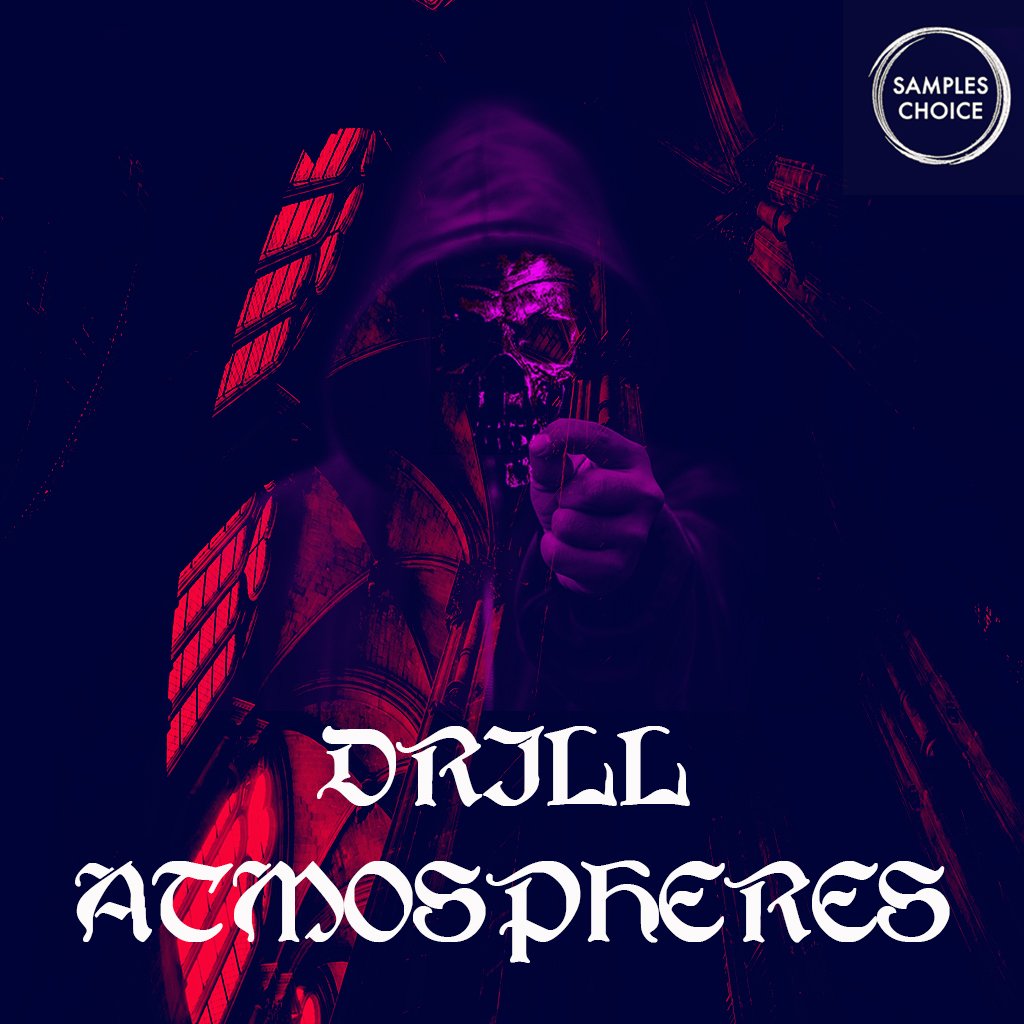Sound samples are short recordings of audio material that are used in music production and sound design. These recordings can be anything from a single note of an instrument to complex soundscapes. They are fundamental tools for musicians, producers, and DJs, enabling them to create new music by integrating these pre-recorded sounds into their projects.
History of Sound Sampling
The concept of sound sampling dates back to the 1940s with the advent of the first tape recorders. Early pioneers of electronic music, such as Pierre Schaeffer and Karlheinz Stockhausen, began experimenting with looping and manipulating tape recordings, laying the groundwork for modern sampling techniques.
Schaeffer’s work with musique concrète involved recording natural sounds and then altering them through various tape manipulations, such as splicing and looping.
Early Innovations in Sampling
During the 1960s and 1970s, composers like Steve Reich and Brian Eno further developed sampling techniques. Reich's piece "It's Gonna Rain" utilized tape loops to create phasing patterns, showcasing the potential of repetitive audio fragments.
Eno's ambient works often incorporated found sounds and tape manipulation, creating immersive soundscapes that influenced future generations of electronic musicians.
The Rise of Digital Samplers in the 1980s
The 1980s saw a significant leap with the introduction of digital samplers, which revolutionized the music industry by allowing precise editing and manipulation of audio.
The Fairlight CMI, introduced in 1979, was one of the first digital sampling instruments and became a staple in studios around the world.
Artists like Peter Gabriel and Kate Bush used the Fairlight to create groundbreaking music that blended traditional instrumentation with digital samples.
The Akai MPC series, launched in the late 1980s, democratized sampling technology, making it more accessible to a broader range of musicians and producers. The MPC allowed users to record, edit, and sequence samples in a compact, user-friendly unit.
This innovation had a profound impact on hip-hop and electronic music, enabling producers to craft intricate beats and compositions using sampled sounds.
Modern Sampling Techniques
Today, sampling has become an integral part of music production across all genres. Digital Audio Workstations (DAWs) like Ableton Live, Reason, Fl Studio, and Logic Pro offer advanced sampling capabilities, allowing producers to manipulate audio with incredible precision.
Plugins and software instruments provide extensive libraries of high-quality samples, ranging from classic drum machines to orchestral instruments and exotic sounds.
The evolution of sampling technology has not only expanded the creative possibilities for musicians but has also raised important discussions about copyright and intellectual property. Despite these challenges, the practice of sampling continues to thrive, pushing the boundaries of musical innovation and creativity.
The Evolution of Sound Sampling Technology
Sound sampling technology has evolved dramatically over the decades, transforming from rudimentary tape loops to sophisticated digital systems. In the early days, sound engineers manually spliced tape to create loops, a labor-intensive process that required precise timing and skill.
The introduction of digital samplers in the 1980s, such as the Fairlight CMI and the Akai MPC series, revolutionized the field by offering unprecedented control and flexibility.

Modern sampling technology now includes software-based samplers integrated into digital audio workstations (DAWs), enabling producers to manipulate audio with incredible precision and creativity.
Types of Sound Samples
Melodic Samples
Melodic samples include recordings of musical phrases, chords, and individual notes from various instruments. These samples are often used to build the harmonic and melodic foundation of a track.
Drum and Percussion Samples
Drum samples are recordings of individual drum hits or full drum loops. Producers use these samples to create the rhythmic backbone of a track, enhancing the overall groove and energy.
Vocal Samples
Vocal samples can range from single vocal hits to entire vocal phrases. They are widely used in genres like hip-hop, pop, and electronic dance music to add a human element to the production.
Sound Effects and Ambient Samples
These samples include a wide variety of sounds such as nature recordings, cityscapes, and synthetic effects. They are used to add texture and atmosphere to music, films, and video games.
How to Use Sound Samples in Music Production
Using sound samples effectively requires both technical skill and creative vision. Here are some steps to integrate samples into your production:
- Selection: Choose samples that fit the mood and style of your project. Many websites offer high-quality sample packs across different genres.
- Editing: Use digital audio workstations (DAWs) to trim, loop, and pitch-shift samples. This allows you to tailor the sound to your specific needs.
- Layering: Combine multiple samples to create a richer, more complex sound. For instance, layering different drum samples can produce a unique rhythm.
- Effects Processing: Apply effects like reverb, delay, and compression to enhance the samples and integrate them seamlessly into your mix.
The Impact of Sound Samples on Music Genres

Sound samples have profoundly influenced various music genres, contributing to the development of new styles and techniques. In hip-hop, sampling forms the backbone of the genre, with producers like DJ Kool Herc and Grandmaster Flash pioneering the use of breakbeats.
Electronic dance music (EDM) relies heavily on samples to create intricate rhythms and textures, with artists like The Prodigy and Daft Punk pushing the boundaries of what can be achieved through sampling. House, techno, tech house, and minimal music have also been significantly shaped by sampling. Artists such as Marco Carola, Nina Kraviz, Jeff Mills, and Richie Hawtin use samples to craft hypnotic beats and innovative soundscapes that define these genres.
House Music
House music, with its roots in Chicago, often utilizes samples of disco tracks, soulful vocals, and funky basslines. Artists like Marco Carola incorporate these elements to create driving, danceable beats that keep the energy high in clubs. The repetitive, groove-focused nature of house music makes it an ideal canvas for creative sampling.
Techno Music
Techno, originating from Detroit, is characterized by its repetitive beats and mechanical rhythms. Pioneers like Jeff Mills use samples to add texture and depth to their tracks, often integrating industrial sounds, ambient noises, and fragmented melodies. The minimalist approach of techno allows for experimental use of samples, creating a hypnotic and immersive experience.
Tech House and Minimal
Tech house and minimal genres blend elements of house and techno, focusing on subtle changes and deep grooves. Artists like Richie Hawtin and Nina Kraviz utilize samples to build complex, layered compositions that evolve gradually over time. The sparse arrangement in minimal music highlights the intricate details of each sample, creating a nuanced auditory journey.
In pop music, producers use samples to add depth and interest, as seen in the works of artists like Madonna and Michael Jackson. The creative use of samples has also played a crucial role in genres such as drum and bass, trip-hop, and lo-fi music, showcasing the versatility and enduring appeal of sound sampling.
Creative Uses of Sound Samples in Modern Music
Sound samples have opened up new creative possibilities for musicians and producers, enabling them to push the boundaries of traditional music production. One innovative use of samples is in live performances, where artists like DJ Shadow and The Chemical Brothers manipulate samples in real-time to create dynamic and engaging shows.
Another creative application is in film scoring, where composers use samples to create unique soundscapes and atmospheric effects. Additionally, producers often use samples to pay homage to classic tracks, weaving familiar sounds into new compositions to create a sense of nostalgia and continuity.
Legal Considerations
When using sound samples, it is crucial to be aware of the legal implications. Unauthorized use of copyrighted material can lead to legal disputes. Here are some tips to avoid potential issues:
Use Royalty-Free Samples: Many websites offer royalty-free sample packs that can be used without legal concerns.
Clear Samples: If you want to use a sample from a commercial recording, ensure you obtain the necessary permissions and clearances.
Create Your Own Samples: Record your own sounds or collaborate with other musicians to create original samples.
Discover Samplesound Academy
At Samplesound, we are committed to empowering aspiring music producers with the knowledge and skills they need to succeed. That's why we offer the Samplesound Academy, a completely free section on our website dedicated to tutorials on electronic music production. Our tutorials cover a wide range of topics, including:
All tutorials are focused on clubbing music genres like techno, house, tech house, and more. Whether you're a beginner or an experienced producer, our academy provides valuable insights to help you create professional-quality tracks.
How are sound samples used in music production?
Sound samples are used in various ways, including creating melodies, rhythms, and textures. Producers edit and manipulate these samples within digital audio workstations (DAWs) to fit their specific needs.
Are all sound samples royalty-free?
Not all sound samples are royalty-free. It's essential to check the licensing terms before using a sample. Royalty-free samples can be used without paying royalties, but other samples may require permissions or fees.
Can I create my own sound samples?
Yes, you can create your own sound samples by recording sounds using microphones or other recording devices. This approach ensures originality and avoids potential legal issues with copyrighted material.


